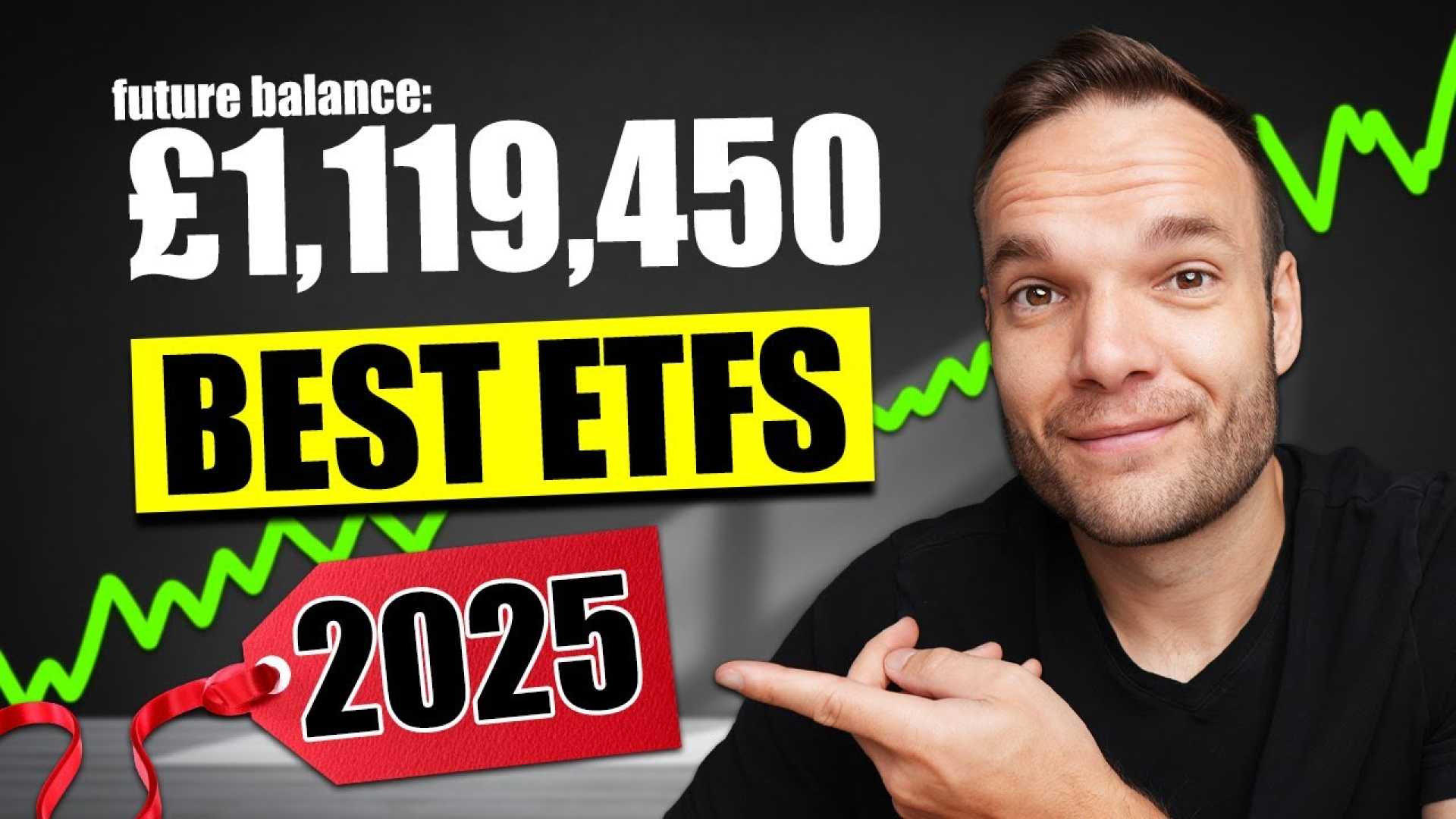Business
Top ETFs Reveal Market Resilience Amid Economic Uncertainty

CHICAGO, Feb. 20, 2025 — As financial markets navigate persistent inflation and evolving economic conditions, several exchange-traded funds (ETFs) have emerged as standout performers over various periods. Including returns from dividends and assuming reinvestment, the rankings showcase resilience in an uncertain investment climate.
As of February 20, 2025, equity investors witnessed robust returns across the best-performing ETFs over the last three months, six months, one year, three years, five years, and ten years. These investment vehicles were selected based on volume criteria to ensure active trading and exclude leveraged ETFs, which, while offering appealing short-term returns, often falter in the long run.
The Invesco S&P 500 Momentum ETF (NYSE:SPMO) leads the five-year performance rankings with a substantial 130.89% return. The ETF tracks an index including 100 S&P 500 companies demonstrating strong price performance. Amazon.com Inc. (NASDAQ:AMZN), representing SPMO’s largest holding, has been a pivotal player, particularly after an analyst upgrade by New Street Research, which increased its price target from $234 to $280.
Following closely is the Global X U.S. Infrastructure Development ETF (NYSE:PAVE), achieving 138.80% over five years. This ETF focuses on companies poised to benefit from U.S. infrastructure initiatives, investing heavily in industrial equities, including the prominent CRH plc (NYSE:CRH), which has a significant role in construction and materials.
Jack McIntyre, portfolio manager at Brandywine Global, emphasized the current market conditions, stating, “Stagflation has definitely re-emerged as a possibility… policies could hurt consumer demand even while persistent inflation limits the Federal Reserve’s ability to maneuver.” This sentiment reflects broader investor nervousness regarding economic growth as inflation remains elevated.
According to a Bank of America poll, investor concern over stagflation also reached notable highs, with many viewing below-trend GDP combined with above-trend inflation crises as imminent risks. This has not deterred overall investor optimism in equities, signifying a complex yet calculated approach to the current market.
Meanwhile, the Labor Department’s February 20 report indicated that significant layoffs within federal agencies under President Trump’s administration have not yet hindered economic performance. Despite early predictions of spillover effects into the private sector, many economists still see potential positive outcomes from ongoing economic adjustments.
Market observers noted that while Europe contributed to ETF growth, surpassing nearly $2.3 trillion in assets under management (AUM) by the end of 2024, the U.S. continued leading globally with an impressive $10 trillion in AUM. Moreover, active ETFs are gradually becoming essential in the investment landscape, with 2024 witnessing the largest influx of active ETF launches.
As technology and consumer services sectors dominate fund performances, the Vanguard Mid-Cap Growth Index Fund, launched in September 2011, marked a significant increase, climbing over 27% in the past year and outperforming its category average. Morningstar analysts point out the targeted sectors of these funds, predominantly in technology and consumer cyclicals.
In summary, investors seeking to capitalize in an evolving economic landscape should consider these top-performing ETFs as viable investment options. By aligning portfolios with resilient funds, investors are better positioned for potential growth amidst uncertainty.












